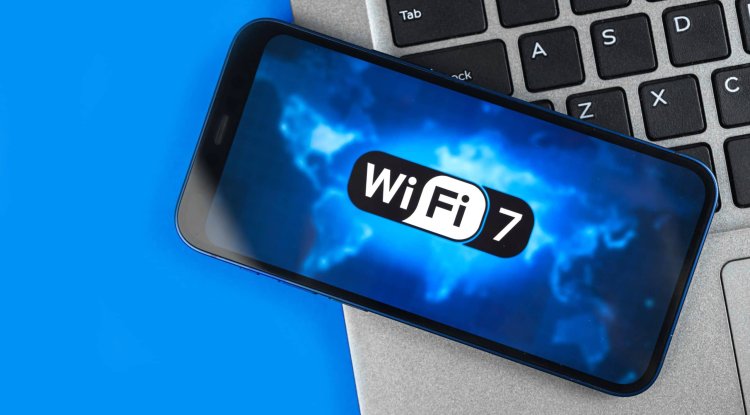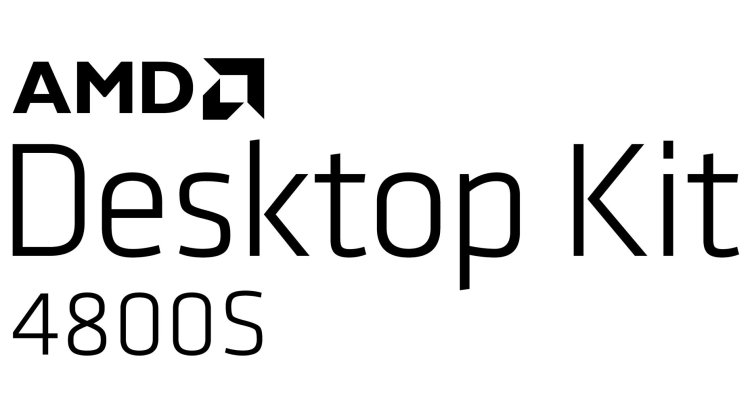What is Wi-Fi 7 and how fast will it be?
Currently, commonly available wired Ethernet technology reaches a maximum speed of 10 Gbps (10GBASE-T). Wi-Fi 7 products are expected to hit the market in 2023.

Although the Wi-Fi 6E still feels uncommon in early 2022, a demonstration of the upcoming Wi-Fi 7 transfer rates shown could make Ethernet cables obsolete. Let’s look at the proposed specification and what it promises. Wi-Fi 7 connection and speed
Wi-Fi 7 is a new specification for Wi-Fi devices currently under construction. It is based on draft standard 802.11be, published in May 2021, which has not yet been completed or approved by the FCC.
The most interesting feature of the Wi-Fi 7 is that it can make wired Ethernet connections obsolete for a particular class of both home users and professionals. Wi-Fi 7 can theoretically support the bandwidth of up to 30 gigabits per second (Gbps) per access point, which is slightly over three times faster than the maximum Wi-Fi 6 speed of 9.6 Gbps (also known as 802.11ax). The authors of the draft call it “Extremely High Throughput” or EHT.
Currently, commonly available wired Ethernet technology reaches a maximum speed of 10 Gbps (10GBASE-T), although it is currently basically non-existent on consumer devices. And although higher speeds (such as Terabit Ethernet) exist in specialized settings such as data centers, its arrival in a home or small business environment, if it ever happens, is probably far away. So, for current Gigabit and 10 Gigabit Ethernet users, Wi-Fi 7 could replace the need for wired connections under optimal conditions. Other features related to Wi-Fi 7 speeds that could be very useful
In addition to the theoretical potential of the incredibly high speeds of Wi-Fi 7, the Wi-Fi Alliance plans to include other significant improvements in the Wi-Fi standard. Below we will say a little more about them:
- Backward compatibility: The draft Wi-Fi 7 specification lists backward compatibility with legacy devices in the 2.4 GHz, 5 GHz and 6 GHz bands, which means you won’t need brand new devices or hardware to connect to Wi-Fi 7-enabled router.
- 6 GHz: Full utilization of the new “6 GHz band” (actually 5.925-7.125 GHz), first supported in Wi-Fi 6E. The 6 GHz band is currently occupied only by Wi-Fi applications (although this could change), and its use results in dramatically less interference than the 2.4 GHz or 5 GHz band.
- Lower latency: The draft Wi-Fi 7 specification aims at “less latency and more reliability” for time-sensitive networking (TSN), which is essential for cloud computing (and cloud gaming). It is also a critical requirement to replace wired ethernet connections.
- MLO: Wi-Fi 7 offers Multi-Link Operation (MLO) with load balancing and aggregation that combines multiple channels at different frequencies for better performance. This means that the Wi-Fi 7 router will be able to dynamically use all the bands and channels available to speed up connections or avoid high-noise bands.
- Upgrades to 802.11ax: According to the draft specification, Wi-Fi 7 will offer direct enhancements to Wi-Fi 6 technologies, such as a channel width of 320 MHz (versus 160 MHz in Wi-Fi 6), enabling faster connections and quadrature technology amplitude modulation (QAM) 4096 which allows more data to be tucked into each hertz.
According to a press release from MediaTek, which claims to have already shown the maximum Wi-Fi 7 speed mentioned above, Wi-Fi 7 products are expected to hit the market in 2023.
In the meantime, you can already buy routers that support Wi-Fi 6 (and Wi-Fi 6E), which is still impressive compared to earlier Wi-Fi standards. Whichever path you choose, it’s clear that exciting times for wireless networking are ahead of you.




































